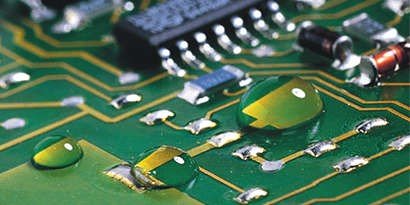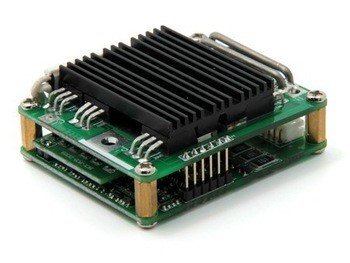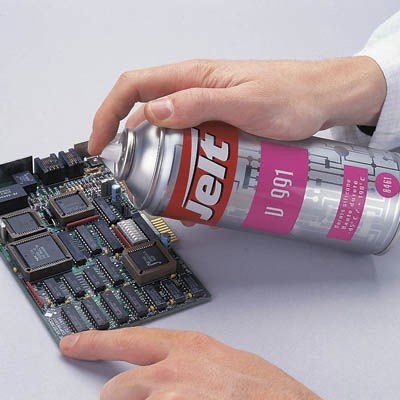Printed circuit boards work in extreme and intense environment have without proper protection mechanisms in place, there is always high chance of their malfunction or failure. We can easily realize that the malfunctioning of the Printed circuit boards will result in the malfunctioning of the electronic devices or the failure of the Printed circuit boards can result in the failure of the electronic machinery. In such cases the repair of the Printed circuit boards or the change of the device completely can be time consuming and costly. In such cases in order to avoid the fatigue of having to either repair the printed circuit board or to change the Printed circuit boards in the device, it is best advised to have proper protection mechanisms in place, in order to ensure the smooth working of the Printed circuit boards and the electronic machinery.

Printed circuit boards which may also be called Printed wiring boards or Printed wiring cards are the fundamental blocks in advanced modern circuits and advanced modern electronics. The evolution and serendipity of manufacturing and designing technology has pushed the complexity and complications of the electric integrated circuits to new horizons. For example the integrated quantum circuits and Intel core i7 processor contains of transistors on a single circuitry. Before the dawn of PCB designing the circuits were built through the arduous practice of point to point wiring which was expansive, time consuming and limited in its capacity and efficiency.
The problems associated with conventional circuits were also numerous ranging from frequent failures at connections, short circuits, loss of insulation, overheating, wear and tear and short life span of the circuits. This complexity and complication of the printed circuit boards has also added to the need of having strong printed circuit boards’ protection mechanisms. In the world of electronics, reliability of the electronic circuits is a precious attribute. The user expects the devices to perform perfectly without interruption and expect long term operation of the device. Ensuring high quality operation requires robust and unfailing protection from intense and drastic conditions.

The fundamental protection to be provided to the printed circuit board is the lamination provided to the board. A printed circuit board in its essence is a board or a card which provides ways and means i.e. physical and electrical of connecting the electronic components.

A PCB is a rigid board made from laminate comprising of mostly glass epoxy base material with coating of copper on single or either side of it. The rigid board provides physical means for handling or mounting the electronic components of an integrated circuit on it while the copper coating allows the drawing of copper paths which acts as wires for the conduction of electricity between the components. In order to ensure that the conducting paths don’t pass singles, lamination in the form of substrate is provided to the printed circuit board. The lamination requirements of various kinds of printed circuit boards depend upon their nature, type and the area of use.

The coating materials which are suitable for the protection of the printed circuit boards are acrylic, urethane, and silicon and UV-curing coatings. These coating materials help protect the printed circuit boards from adverse environments as well as extreme working conditions. The coating provide the protection from moisture, debris, heating, chemicals and other contaminations can affect the working of the printed circuit board. The exposure of the PCB to heat and chemicals can affect their inherent working and will lead to the malfunction of the device. In order to protect the printed circuit board from such conditions, the coating is necessary.

Another protection, provided to the printed circuit board is the provision of the heat sinks. The heat sinks on the printed circuit board can remove the heat from the PCB hence normalizing the working environment. The heat sinks also protect the copper foil on the printed circuit board which can be effected to due extreme heating in the environment.
The protection requirements in the multilayer printed circuit board are also very significant as their working and operation is complex in extreme working conditions. Multi layer Printed Circuit Boards (PCB) are like single or double layer Printed Circuit Boards (PCB) but in multi layer Printed Circuit Boards (PCB), the layers are substrate and copper coating exceed from two layers. The layers of the multi layer printed circuit board can be either trace layers or etched boards. The layers of the multi layer PCB are connected or bonded together with the help of the lamination. The internal layer of the multi layer PCB is subjected to high temperature and pressure. The high temperature and pressure is then slowly released so the laminated material applied cools down and solidifies.
At Synergise PCB Inc. we are capable of providing effective and novel solutions for the protection requirements of your printed circuit boards. In case you should choose us for your PCB requirements, we will deliver best quality services to you by meeting the high standards of product development.
